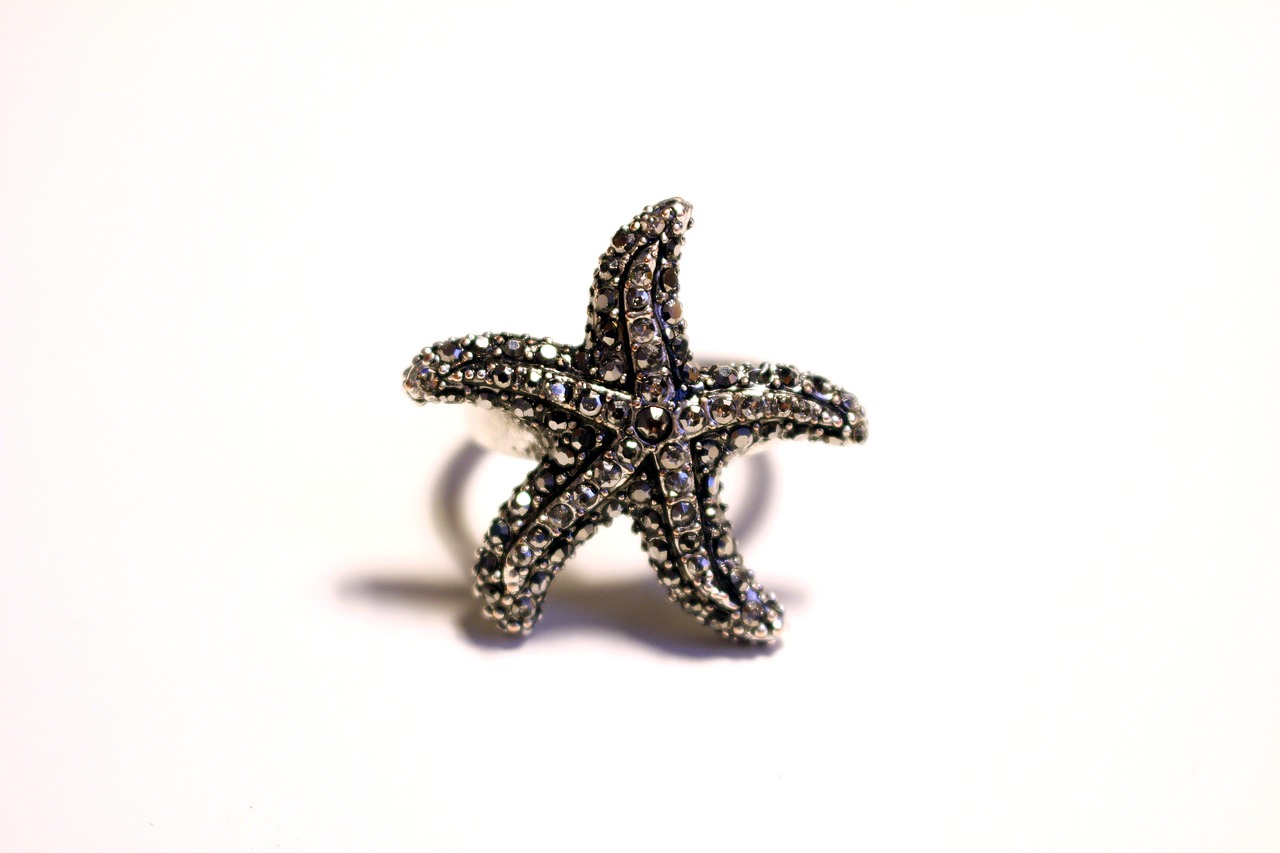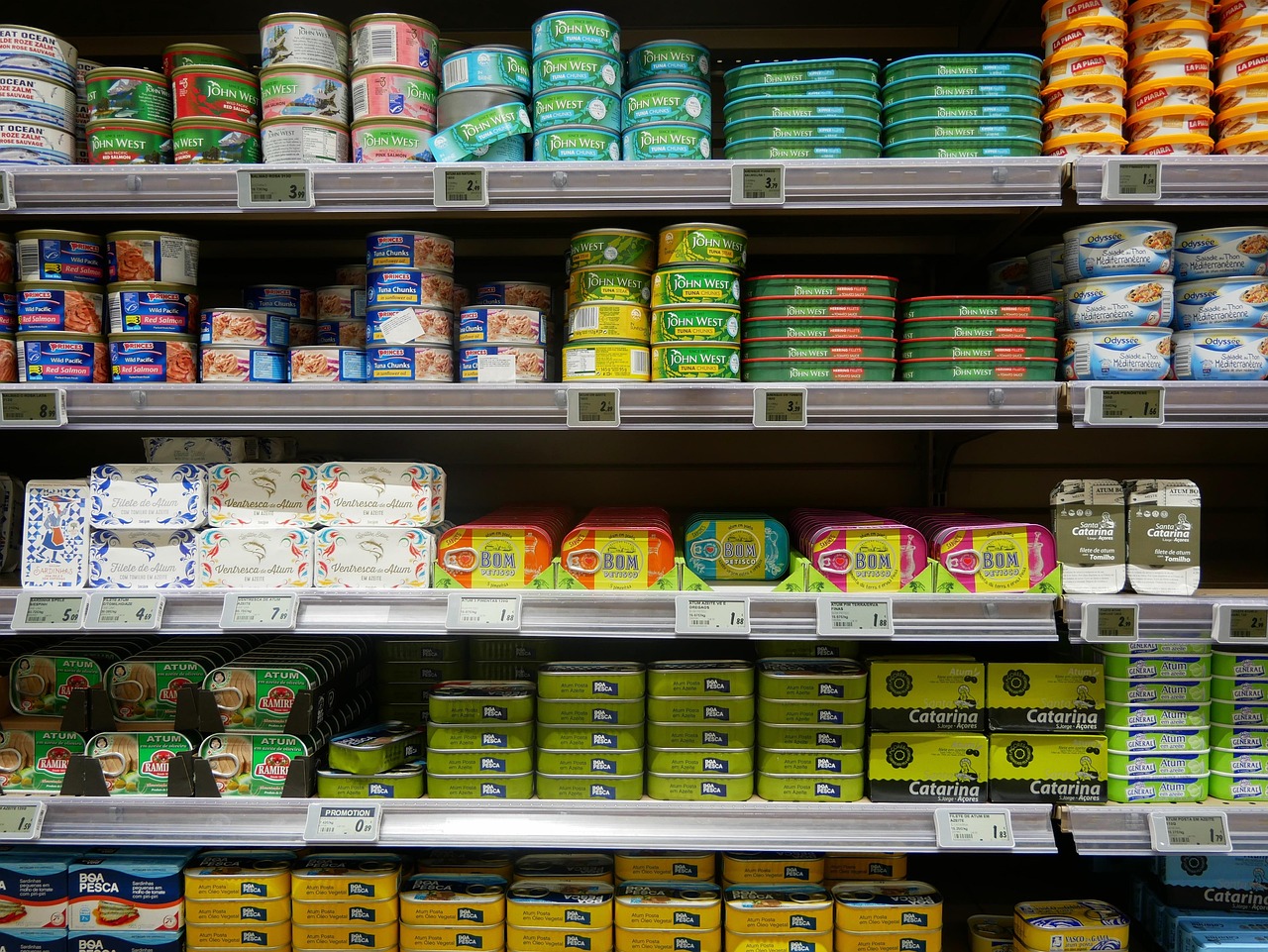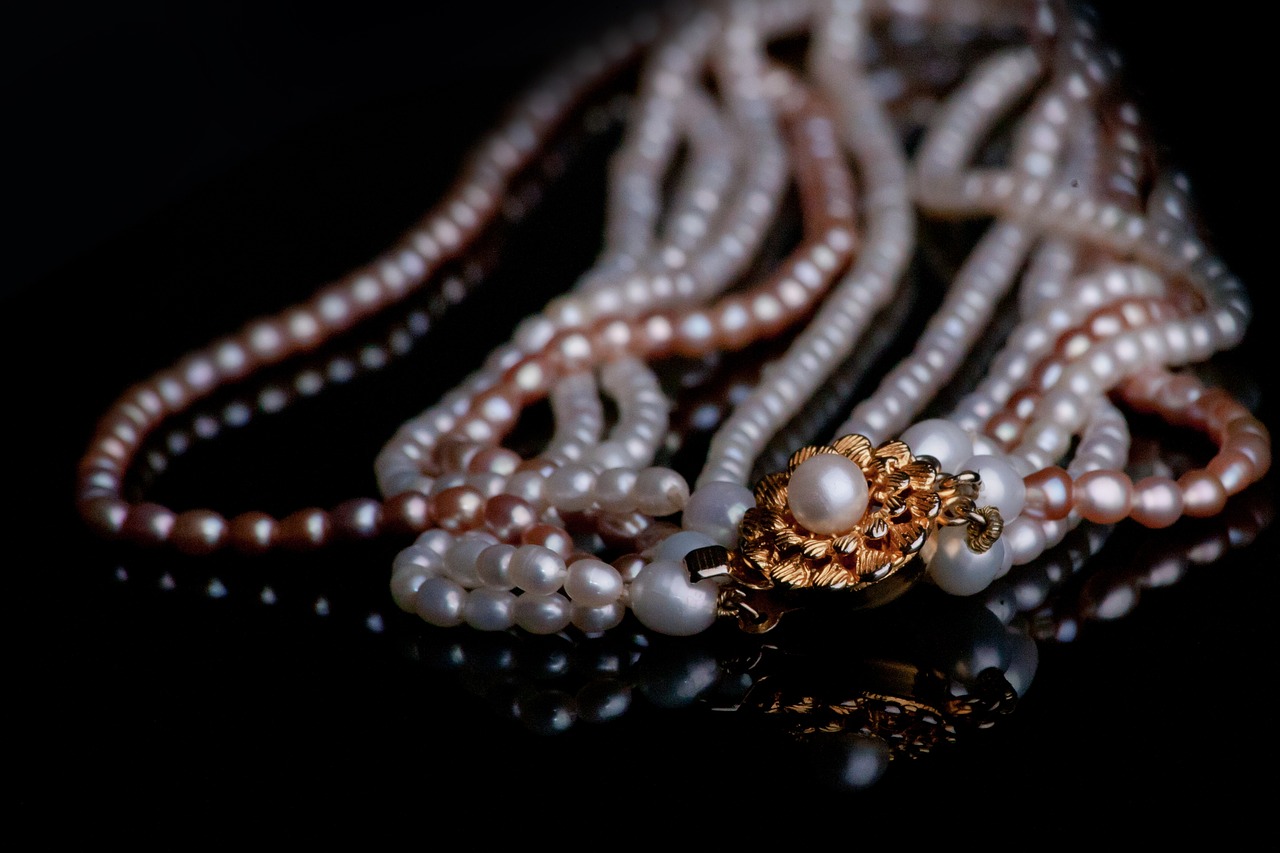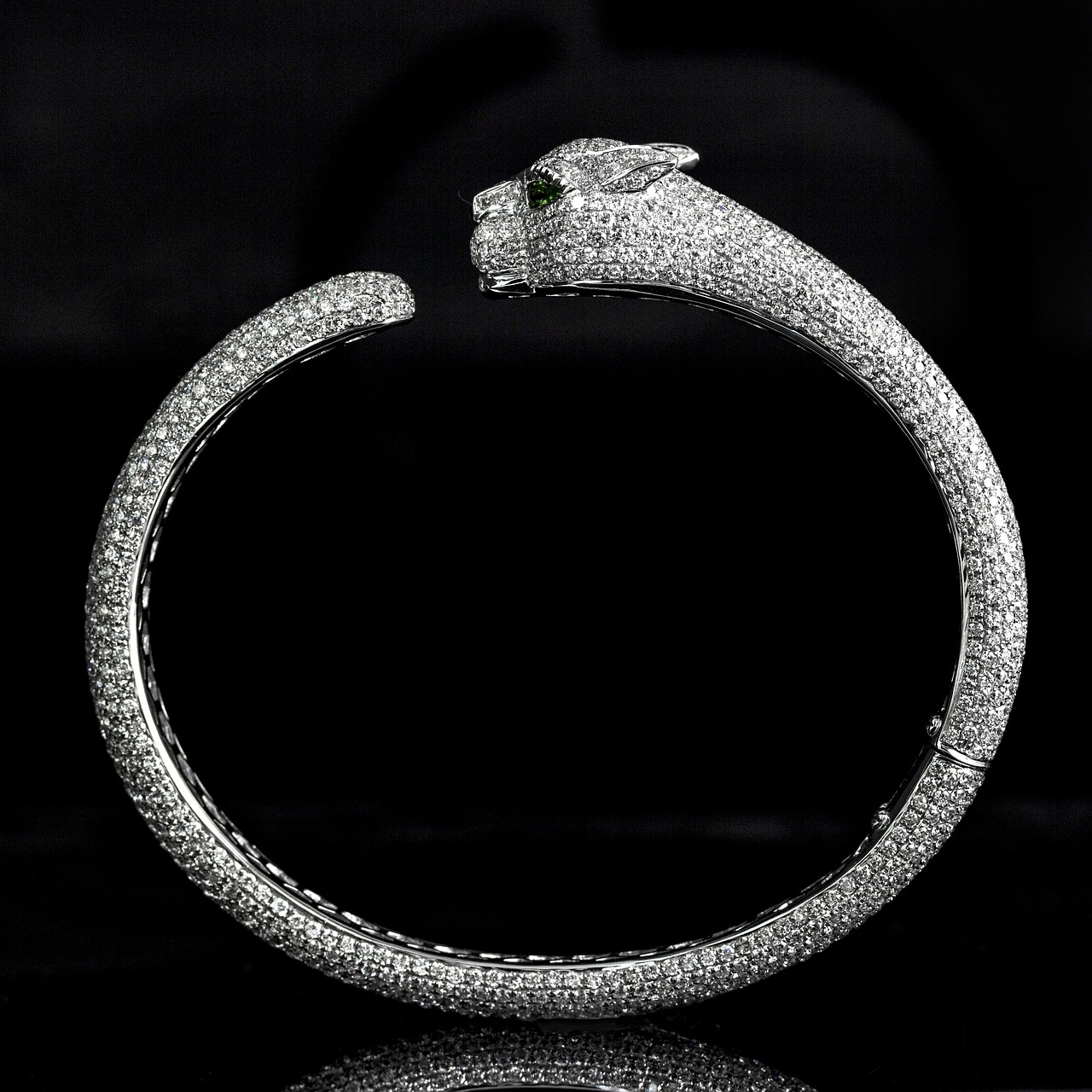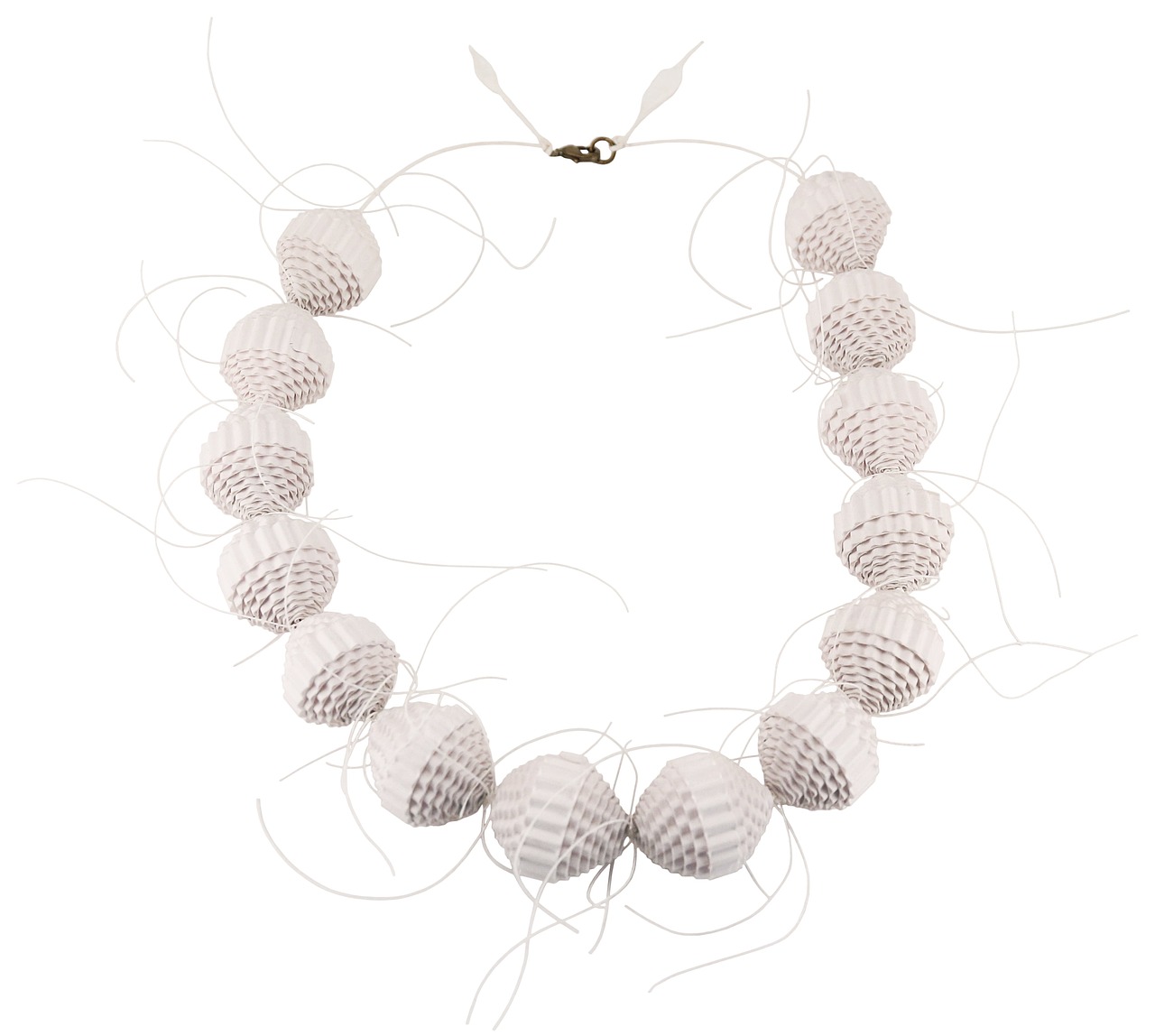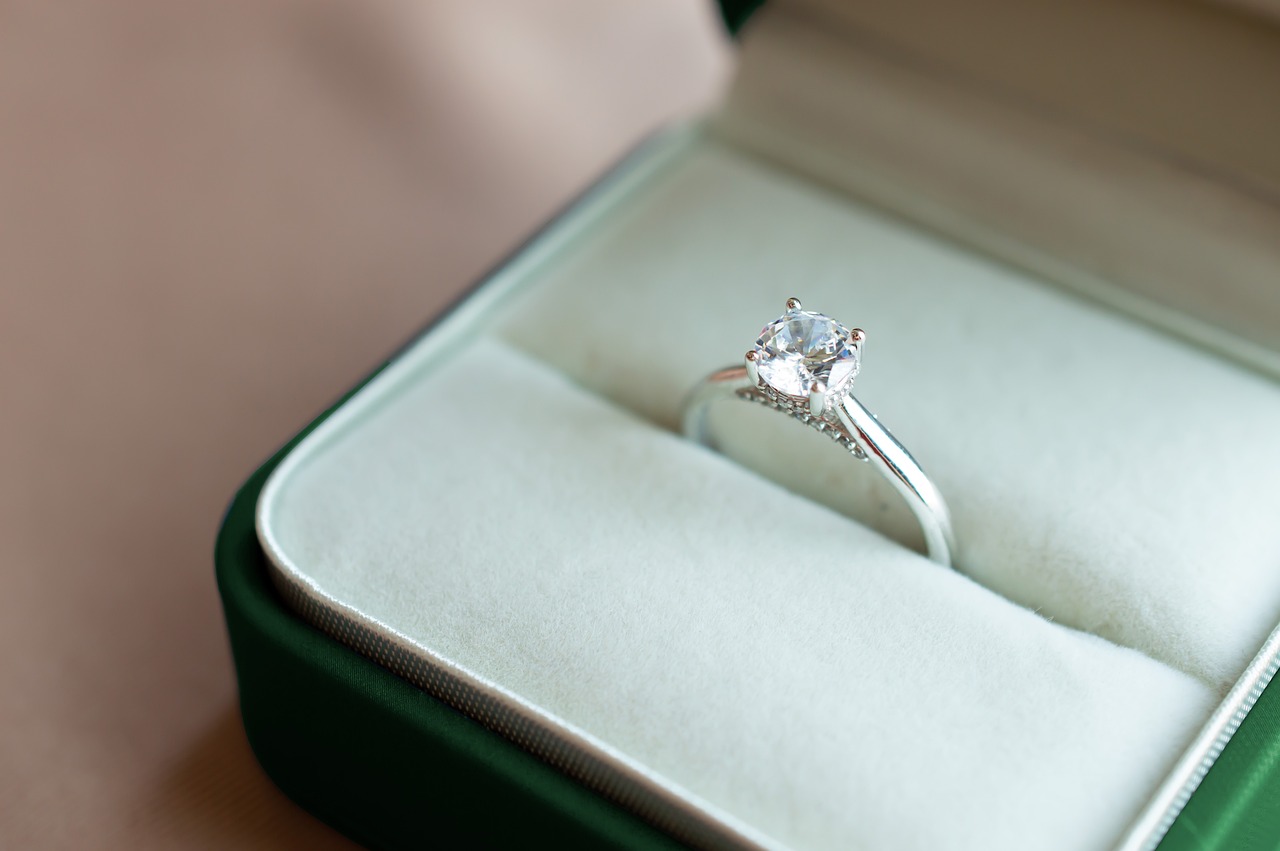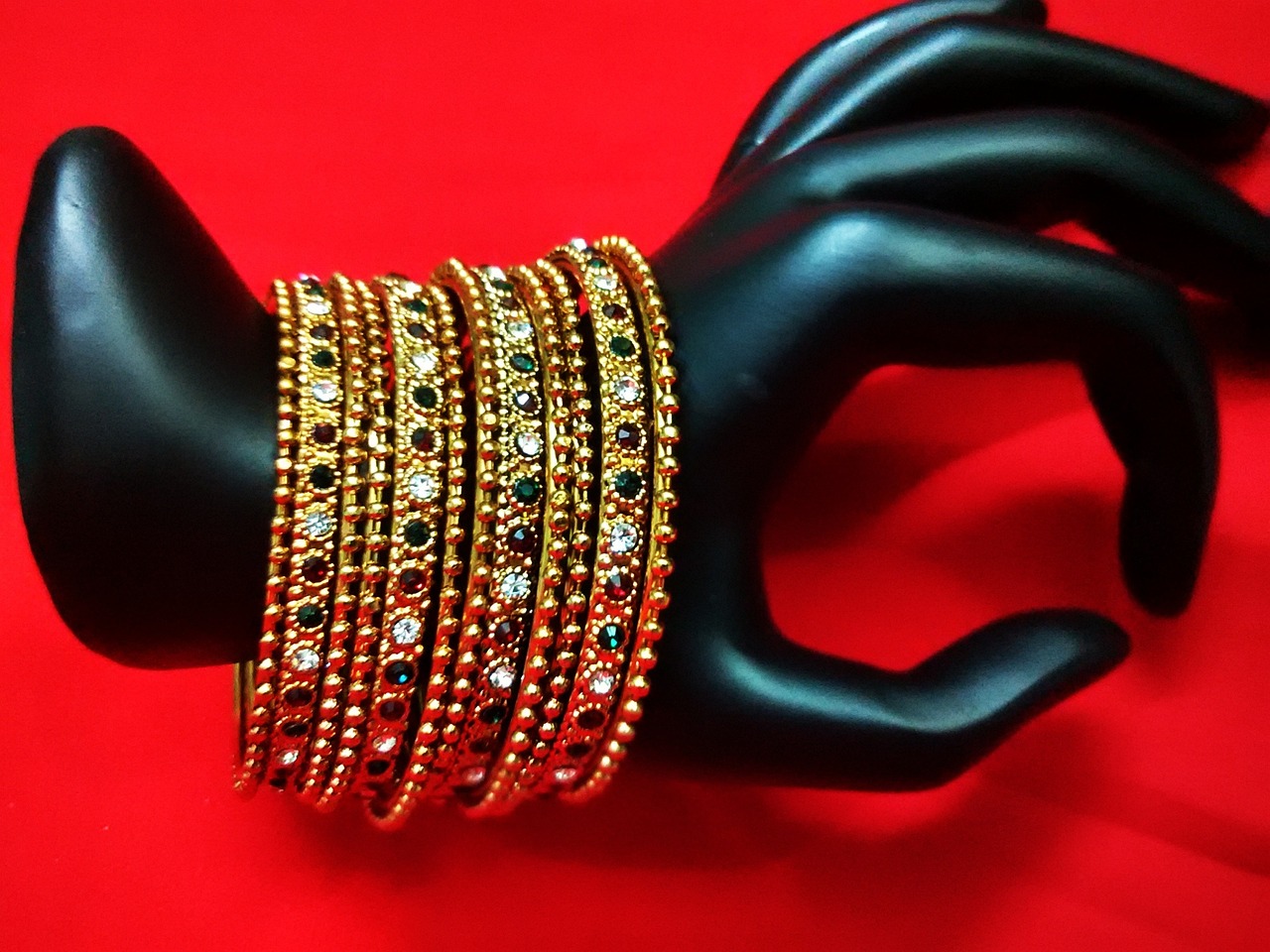Vinegar has long been a household staple, renowned for its versatility in cleaning. However, when it comes to jewelry, many people wonder: Is it safe to clean jewelry with vinegar? This article delves into the effectiveness and safety of using vinegar for cleaning various types of jewelry, offering valuable insights, tips, and expert opinions to guide your decisions.
Not all jewelry is created equal, and vinegar can react differently depending on the material. Generally, stainless steel, cubic zirconia, and some costume jewelry can be safely cleaned with vinegar. However, it’s crucial to avoid using vinegar on pearl, opals, and jewelry with delicate gemstones as they can be damaged by the acidity.
The natural acidity of vinegar helps to break down dirt, grease, and tarnish, making it an effective cleaning agent. The acetic acid in vinegar can dissolve mineral deposits and grime, restoring the shine of your jewelry. Understanding the science behind this can help you appreciate its cleaning properties.
Precious metals like gold and silver are often sensitive to acidic solutions. While vinegar can help remove tarnish from silver, prolonged exposure can lead to damage. It is advisable to use vinegar sparingly and to rinse thoroughly afterward to prevent any adverse effects on these metals.
While vinegar can be an effective cleaner, there are risks involved. Using vinegar on certain metals can lead to corrosion or discoloration. Additionally, gemstones may become dulled or damaged. To mitigate these risks, always perform a patch test on a small area before proceeding with the entire piece.
To clean jewelry with vinegar, follow these steps:
- Mix equal parts of vinegar and water in a bowl.
- Soak the jewelry for 10-15 minutes.
- Gently scrub with a soft toothbrush.
- Rinse thoroughly with water and dry with a soft cloth.
Always remember to avoid soaking delicate pieces for too long.
If vinegar isn’t suitable for your jewelry, consider alternatives such as dish soap mixed with warm water or specialized jewelry cleaners. These options can effectively clean without the risks associated with vinegar.
Many jewelers recommend caution when using vinegar. They suggest using it only on specific types of jewelry and emphasize the importance of thorough rinsing to prevent any lingering acidity. Experts also advise consulting with a professional cleaner for high-value pieces.
Yes, vinegar can effectively remove tarnish, especially from silver. A mixture of vinegar and baking soda can enhance this effect. However, ensure to rinse well afterward to avoid any damage.
Establishing a cleaning routine is essential for maintaining your jewelry. For pieces that are worn frequently, cleaning with vinegar can be done every few months. However, always assess the condition of the jewelry before cleaning.
After cleaning, store your jewelry in a dry, cool place. Use anti-tarnish pouches or cloths for silver pieces to help prevent tarnishing. Proper storage is crucial to maintaining the shine and integrity of your jewelry.
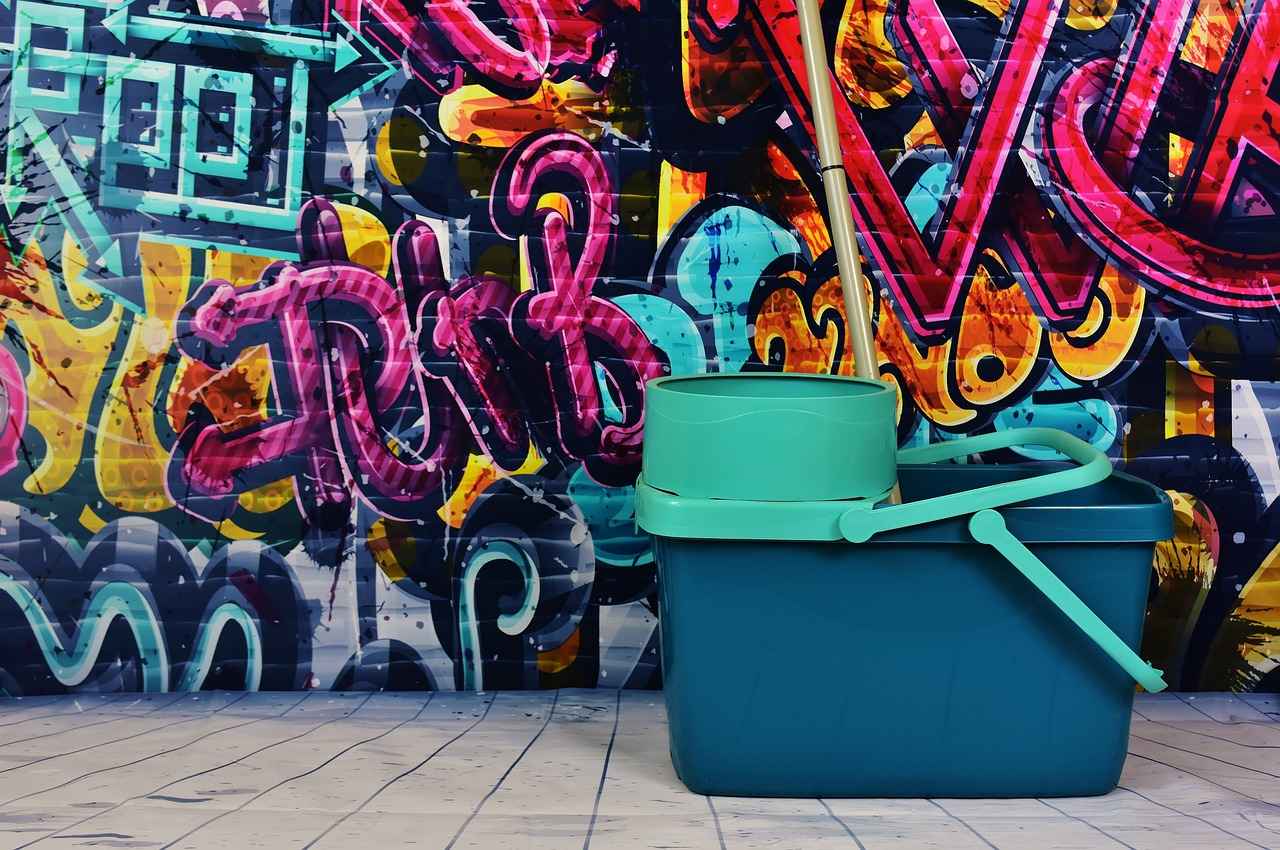
What Types of Jewelry Can Be Cleaned with Vinegar?
When it comes to cleaning jewelry, many people look for affordable and effective solutions. One common household item that often comes to mind is vinegar. However, it’s essential to understand that not all jewelry materials react the same way to vinegar. In this section, we will explore which types of jewelry can be safely cleaned with vinegar, as well as which materials should be avoided to prevent damage.
- Stainless Steel: This durable metal is resistant to corrosion and tarnishing, making it safe for vinegar cleaning. A simple soak in diluted vinegar can help restore its shine.
- Costume Jewelry: Many pieces made from non-precious metals and synthetic stones can be cleaned with vinegar. However, be cautious with any glued components, as the acid may weaken the adhesive.
- Glass and Crystal: Vinegar can effectively clean glass and crystal jewelry, helping to remove grime and enhance clarity without causing damage.
- Some Gemstones: Certain gemstones like amethyst and citrine are generally safe to clean with vinegar. However, it is crucial to research specific stones, as some may be sensitive to acidic solutions.
While the above materials can typically withstand vinegar cleaning, there are several types of jewelry you should avoid cleaning with vinegar:
- Gold and Silver: Precious metals can be sensitive to acidic solutions. Vinegar may cause tarnishing or even corrosion over time, so it’s best to use a gentle soap and water solution instead.
- Pearls: Natural pearls are composed of calcium carbonate and can be damaged by vinegar. Instead, clean them with a soft, damp cloth.
- Opals: These beautiful gemstones are porous and can absorb liquids, making them susceptible to damage from vinegar.
- Coral and Ivory: Both materials can react negatively to acidic cleaners, leading to discoloration or deterioration.
In summary, while vinegar can be a great cleaning agent for certain types of jewelry, it is crucial to know which materials are safe and which are not. Always conduct a small patch test if you’re unsure, and when in doubt, consult a professional jeweler to ensure your precious items remain in pristine condition.

How Does Vinegar Clean Jewelry Effectively?
Vinegar, a common household item, is not just for cooking; it also serves as an effective cleaning agent, especially for jewelry. Its natural acidity plays a crucial role in breaking down dirt and grime, making it a popular choice for restoring the shine of various jewelry pieces. But how exactly does vinegar work its magic on jewelry?
The primary component of vinegar is acetic acid, which is responsible for its cleaning properties. When vinegar comes into contact with dirt and tarnish, the acid reacts with the substances, effectively loosening them from the surface of the jewelry. This reaction is particularly beneficial for removing mineral deposits, oils, and other residues that can accumulate over time.
To understand the science behind this cleaning process, it’s important to note that vinegar can dissolve certain types of corrosion and tarnish found on metals like silver and copper. For instance, when silver tarnishes, it forms silver sulfide, which can be broken down by the acetic acid in vinegar. This chemical reaction not only cleans the surface but also helps restore the jewelry’s original luster.
However, it’s essential to consider the type of jewelry being cleaned. While vinegar is effective on some materials, it can be damaging to others. For example, pearls and certain gemstones may be sensitive to acidic solutions and can suffer from discoloration or surface damage. Always test a small, inconspicuous area first or consult with a professional before proceeding with vinegar cleaning.
When using vinegar to clean jewelry, a simple method can be employed. Mix equal parts of vinegar and water in a bowl, then soak the jewelry for about 10 to 15 minutes. After soaking, gently scrub with a soft toothbrush to reach intricate details. Rinse thoroughly with water and dry with a soft cloth to avoid any moisture retention, which can lead to further tarnishing.
In addition to its cleaning capabilities, vinegar is also an economical and eco-friendly alternative to commercial jewelry cleaners, which often contain harsh chemicals. By opting for vinegar, you not only save money but also reduce your environmental footprint.
In summary, vinegar’s natural acidity is a powerful ally in the fight against dirt and tarnish on jewelry. Its ability to break down grime effectively makes it a popular choice among DIY enthusiasts. However, caution should be exercised, particularly with delicate materials. By following proper cleaning techniques, you can safely restore your jewelry’s shine while enjoying the benefits of this versatile household staple.

Is Vinegar Safe for Precious Metals?
When it comes to cleaning jewelry, many people turn to common household items like vinegar. However, the question arises: Precious metals, such as gold and silver, are often cherished not just for their beauty but also for their value. Understanding how these materials react to acidic substances like vinegar is crucial for maintaining their integrity.
Vinegar, a solution of acetic acid, is known for its cleaning properties. While it can effectively remove dirt and grime, its acidic nature poses risks to certain materials. Gold is generally resistant to tarnishing and corrosion, making it relatively safe when exposed to vinegar. However, it is essential to consider the presence of any alloys or gemstones in the piece. For example, if your gold jewelry contains copper, the vinegar may cause discoloration over time.
Silver, on the other hand, is more susceptible to damage from acidic solutions. Vinegar can lead to tarnishing and may even cause pitting on the surface of silver jewelry. This reaction occurs because vinegar can accelerate the oxidation process, ultimately dulling the shine of your silver pieces. Therefore, it is advisable to exercise caution when considering vinegar as a cleaning agent for silver.
To ensure the longevity of your precious metal jewelry, consider the following best practices:
- Always perform a patch test on a small, inconspicuous area before cleaning the entire piece.
- For gold jewelry, consider diluting vinegar with water to reduce its acidity.
- For silver jewelry, it may be better to opt for specialized silver cleaners instead of vinegar.
- Limit exposure time; do not soak jewelry in vinegar for extended periods.
Additionally, it is crucial to understand that not all jewelry is created equal. The presence of gemstones can complicate the cleaning process. Many gemstones, such as pearls and opals, are sensitive to acidic solutions and should never be cleaned with vinegar. Always check the care instructions for your specific jewelry pieces before attempting any cleaning method.
In summary, while vinegar can be a useful cleaning agent for some materials, it is not universally safe for precious metals. Understanding the implications of using vinegar on gold and silver, along with the best practices for cleaning, can help you maintain the beauty and value of your jewelry. Always prioritize caution and consider professional cleaning services for valuable pieces that require special care.

What Are the Risks of Using Vinegar on Jewelry?
When it comes to cleaning jewelry, many people turn to household items, with vinegar being a popular choice due to its affordability and effectiveness. However, it’s essential to understand the potential risks associated with using vinegar on various types of jewelry. This section will delve into the specific dangers vinegar poses to different metals and gemstones, as well as offer guidance on how to mitigate these risks.
Vinegar is an acidic solution, which can lead to adverse reactions with certain metals. Here are some common metals and their reactions with vinegar:
- Gold: While pure gold is generally safe, gold-plated items can suffer damage as the acid may erode the plating over time.
- Silver: Vinegar can be effective for cleaning tarnished silver, but excessive exposure can lead to pitting and corrosion.
- Copper: This metal can react strongly with vinegar, leading to tarnishing and discoloration.
- Brass: Similar to copper, brass can tarnish and lose its shine if exposed to vinegar for too long.
Gemstones are another area of concern when using vinegar for cleaning. Many gemstones are porous or have coatings that can be damaged by acidic substances. Here are some examples:
- Pearls: These organic gems can be severely damaged by vinegar, leading to a dull appearance and loss of luster.
- Opals: Opals are particularly sensitive to acids, and vinegar can cause them to crack or lose their vibrant colors.
- Turquoise: This stone can absorb vinegar, leading to discoloration and damage to its surface.
To safely use vinegar for cleaning jewelry, consider the following precautions:
- Test First: Always perform a patch test on a small, inconspicuous area before fully cleaning your jewelry.
- Dilution: Diluting vinegar with water can reduce its acidity, making it less likely to cause damage.
- Limit Exposure: Avoid soaking jewelry in vinegar for extended periods; instead, use it for quick cleans.
- Consult Experts: When in doubt, seek advice from a professional jeweler regarding the best cleaning methods for your specific pieces.
In conclusion, while vinegar can be a useful tool for cleaning certain types of jewelry, it is crucial to be aware of the potential risks involved. Understanding how different metals and gemstones react to vinegar will help you make informed decisions and preserve the integrity of your cherished pieces.

How to Use Vinegar to Clean Jewelry?
Cleaning jewelry can seem daunting, but utilizing common household items like vinegar can make the process both simple and effective. This guide will walk you through the step-by-step process for safely cleaning your jewelry with vinegar, ensuring you achieve optimal results without damaging your precious pieces.
Before diving into the cleaning techniques, it’s essential to understand how to prepare your vinegar solution. The acidity in vinegar is what helps break down grime and restore shine. However, it’s crucial to use the right dilution ratios to avoid potential damage to your jewelry.
- For Light Cleaning: Mix one part vinegar with three parts water. This solution is safe for most jewelry types.
- For Moderate Cleaning: A 1:1 ratio of vinegar to water can be used, but it’s advisable to test on a small area first.
- For Heavy Tarnish: A mixture of two parts water to one part vinegar can be used, but use this sparingly and with caution.
Once you have your vinegar solution ready, follow these techniques for effective cleaning:
- Soaking: Submerge your jewelry in the diluted vinegar solution for 10-15 minutes. This allows the acidity to break down dirt and tarnish.
- Gentle Scrubbing: After soaking, use a soft-bristled toothbrush to gently scrub any remaining grime. Be cautious with intricate designs to avoid scratching.
- Rinsing: Rinse the jewelry thoroughly under lukewarm water to remove any vinegar residue. Ensure no solution remains, as it can cause damage over time.
- Drying: Pat the jewelry dry with a soft, lint-free cloth. Avoid air drying, as this can leave water spots.
For the best results, consider the following:
- Always test the vinegar solution on a small, inconspicuous area first.
- Do not use vinegar on porous stones like pearls or opals, as it can damage them.
- Regular cleaning can help maintain your jewelry’s shine and prevent buildup.
How often should you clean your jewelry with vinegar? A good rule of thumb is to clean your pieces every 1-3 months, depending on how often you wear them. Frequent wear can lead to buildup that vinegar can effectively remove.
In conclusion, using vinegar to clean your jewelry can be a safe and effective method when done correctly. By following the recommended dilution ratios and cleaning techniques outlined above, you can keep your jewelry sparkling and in excellent condition. Always remember to assess the material of your jewelry before cleaning, ensuring that vinegar is a suitable option.

Are There Alternatives to Vinegar for Jewelry Cleaning?
When it comes to cleaning jewelry, many people turn to vinegar due to its natural cleaning properties. However, vinegar is not suitable for all types of jewelry. If you find that vinegar isn’t the best choice for your pieces, there are several effective alternatives that can safely clean different materials while achieving similar results.
- Soap and Water: A simple solution of mild dish soap and warm water can effectively clean most jewelry. This method is safe for gold, silver, and gemstones. Soak the jewelry for a few minutes, then gently scrub with a soft brush.
- Baking Soda: For a more abrasive clean, baking soda mixed with water can create a paste that helps remove tarnish. Apply the paste with a soft cloth or toothbrush, then rinse thoroughly.
- Commercial Jewelry Cleaners: There are many products specifically designed for cleaning jewelry. These cleaners are formulated to be safe for a variety of materials, including delicate gemstones and precious metals. Always follow the manufacturer’s instructions for best results.
- Ultrasonic Cleaners: These devices use high-frequency sound waves to create tiny bubbles in a cleaning solution, which gently remove dirt and grime from jewelry. However, they are not suitable for all types of stones, so check compatibility before use.
- Alcohol or Hydrogen Peroxide: For disinfecting and cleaning, a solution of alcohol or hydrogen peroxide can be effective. Use a soft cloth to apply and then rinse with water.
Using alternatives to vinegar can help prevent potential damage to your jewelry. Many precious metals and delicate gemstones can react negatively to acidic solutions, leading to tarnishing or other forms of damage. By opting for safer cleaning methods, you ensure that your jewelry remains in pristine condition.
When utilizing these alternatives, it’s important to follow some best practices:
- Always start with a gentle cleaning method before moving on to more abrasive options.
- Test any cleaning solution on a small, inconspicuous area of the jewelry first.
- Use soft brushes or cloths to avoid scratching the surface of your jewelry.
- After cleaning, rinse thoroughly to remove any residues that could cause irritation or damage over time.
Jewelry experts often recommend regular maintenance to keep your pieces looking their best. They suggest cleaning your jewelry every few months, depending on how frequently you wear it. For items that are worn daily, such as wedding rings, a monthly cleaning routine may be beneficial.
Additionally, it’s advisable to consult with a professional jeweler if you are unsure about the best cleaning method for a specific piece. They can provide tailored advice based on the materials and condition of your jewelry.
While vinegar can be a useful cleaning agent for some household items, it’s not always the best choice for jewelry. By exploring other effective cleaning solutions, you can maintain the beauty and integrity of your jewelry collection. Whether you opt for soap and water, baking soda, or a commercial cleaner, the key is to choose a method that aligns with the specific needs of your jewelry.

What Do Experts Say About Vinegar and Jewelry Cleaning?
When it comes to cleaning jewelry, many people seek out effective yet safe methods. One common household item that often comes up in discussions is vinegar. While it is widely known for its cleaning properties, the question remains: Is vinegar a safe option for cleaning your precious jewelry? To answer this, we turn to experts in the field, including jewelers and cleaning specialists, who provide valuable insights into the best practices for using vinegar on jewelry.
According to professional jewelers, vinegar can be a useful cleaning agent for certain types of jewelry, particularly those made of non-precious materials or durable gemstones. For example, items made of stainless steel, costume jewelry, and some types of glass can benefit from a vinegar rinse. However, experts caution against using vinegar on delicate materials such as pearls, opals, and certain plated metals, as the acidity can lead to damage or discoloration.
When using vinegar, the recommended method is to dilute it with water. A common ratio suggested by cleaning experts is one part vinegar to three parts water. This dilution helps to minimize the risk of damage while still providing effective cleaning. Jewelry cleaning professionals recommend soaking the jewelry for a short period—typically around 10 to 15 minutes—before gently scrubbing with a soft brush to remove any stubborn dirt.
It’s also essential to rinse the jewelry thoroughly with clean water after using vinegar. This step ensures that no residual acid remains, which could cause long-term damage if left on the jewelry. After rinsing, drying the pieces with a soft cloth is crucial to prevent water spots and maintain shine.
Another key point raised by experts is the importance of understanding the composition of your jewelry. For instance, while vinegar may work wonders on some metals, it can tarnish silver and cause gold to lose its luster over time. Jewelers advise conducting a patch test on a small, inconspicuous area before fully committing to vinegar cleaning for any new or valuable pieces.
In addition to vinegar, experts recommend considering alternative cleaning solutions that might be safer for certain types of jewelry. For instance, a mixture of warm water and mild dish soap is often suggested as a gentle yet effective option. This method can clean without the risks associated with acidic solutions like vinegar.
Ultimately, the consensus among jewelers and cleaning experts is that while vinegar can be an effective cleaning agent, it should be used with caution. Understanding the specific materials of your jewelry and following best practices can help maintain its integrity and shine. Regular maintenance and proper storage are also critical to prolonging the life of your jewelry.
In summary, when considering vinegar as a cleaning option, it’s essential to weigh the benefits against the potential risks. Always consult with a professional if you’re uncertain, and remember that maintaining your jewelry’s integrity is paramount.

Can Vinegar Remove Tarnish from Jewelry?
Tarnish can significantly dull the appearance of your jewelry, making it look less appealing over time. Many people seek effective and safe methods to restore the shine of their favorite pieces. One common household item that often comes up in discussions about jewelry cleaning is vinegar. But can vinegar truly remove tarnish from jewelry?
Tarnish is a thin layer of corrosion that forms on metals, particularly silver and copper, due to a reaction with sulfur compounds in the air. Factors such as humidity, exposure to certain chemicals, and even skin oils can accelerate tarnishing. Understanding these causes is crucial for preventing tarnish buildup in the first place.
Vinegar, specifically white vinegar, is known for its natural acidity, which can help dissolve tarnish from metals. The acetic acid in vinegar reacts with the tarnish, breaking it down and allowing for easier removal. However, it is essential to consider the type of metal before using vinegar, as some precious metals may be sensitive to acids.
- Simple Soak Method: Combine equal parts of vinegar and water in a bowl. Submerge your tarnished jewelry for 10-15 minutes. Rinse thoroughly with water and dry with a soft cloth.
- Vinegar and Baking Soda Paste: Create a paste using vinegar and baking soda for tougher tarnish. Apply the paste gently with a soft cloth, let it sit for a few minutes, then rinse and dry.
While vinegar can be effective, it is crucial to take precautions. Avoid using vinegar on gemstones or porous materials, as the acid can damage them. Always test a small, inconspicuous area first to ensure that there is no adverse reaction.
Jewelry experts often recommend caution when using vinegar. While it can be effective for removing tarnish from silver, they advise against frequent use. Over time, the acidity may weaken the metal or damage delicate settings. Instead, they suggest using vinegar as an occasional solution rather than a regular cleaning method.
If vinegar doesn’t seem suitable for your jewelry, there are several alternatives. Mild soap and warm water can effectively clean many types of jewelry without the risks associated with acid. Additionally, commercial jewelry cleaners are formulated specifically to tackle tarnish without damaging the metal or gemstones.
In summary, vinegar can be a viable option for removing tarnish from certain types of jewelry, particularly silver. However, it is essential to approach this method with caution, considering the type of metal and any gemstones involved. By following the appropriate cleaning methods and precautions, you can restore the shine to your jewelry while preserving its integrity.
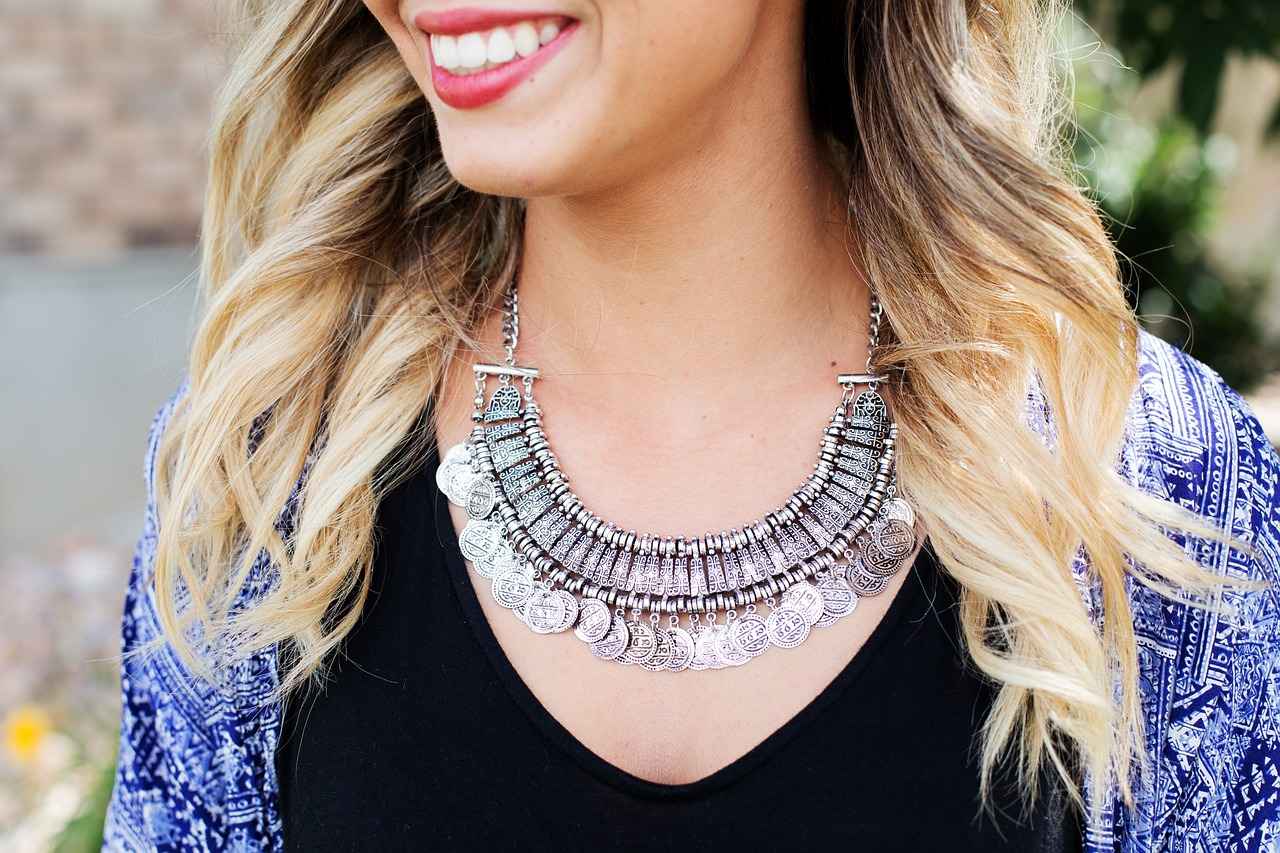
How Often Should You Clean Your Jewelry with Vinegar?
Maintaining the beauty and integrity of your jewelry is crucial, and establishing a cleaning routine is essential for its longevity. One popular method involves using vinegar, a common household item. But how often can you safely use vinegar for cleaning your jewelry without risking damage? This guide aims to clarify the frequency and best practices for using vinegar in your jewelry care routine.
Before diving into cleaning routines, it’s important to recognize that not all jewelry is created equal. Different materials react differently to vinegar. For instance, gold and silver can tolerate mild acidic solutions, but gemstones and plated jewelry may suffer damage. Always consider the specific material of your jewelry when determining a cleaning schedule.
As a general rule, it is advisable to clean your jewelry with vinegar no more than once a month. This frequency allows for effective cleaning without compromising the integrity of your pieces. If you wear your jewelry daily, especially in environments where it can accumulate dirt and grime, you might consider a more regular cleaning routine with gentler methods.
- Dull Appearance: If your jewelry looks less shiny than usual, it’s time for a clean.
- Visible Dirt: Accumulated dirt or grime can be a sign that cleaning is necessary.
- Allergies or Skin Reactions: If you experience discomfort while wearing your jewelry, it may be due to buildup.
When using vinegar, it’s crucial to follow the right techniques to minimize risks. Here’s a simple step-by-step process:
1. Mix equal parts of vinegar and water in a bowl.2. Soak the jewelry for no more than 10 minutes.3. Gently scrub with a soft toothbrush to remove dirt.4. Rinse thoroughly with lukewarm water.5. Pat dry with a soft cloth.
While cleaning your jewelry is important, over-cleaning can lead to wear and tear. Frequent exposure to vinegar can erode protective coatings on jewelry, particularly on plated items. Therefore, sticking to the once-a-month guideline is ideal for preserving your jewelry’s finish.
If you find that vinegar is too harsh for your jewelry, consider alternative cleaning methods. Mild soap and warm water can effectively clean most jewelry types without the risks associated with acidic solutions. Additionally, specialized jewelry cleaners are available that are designed to be safe for various materials.
Jewelry experts often suggest that understanding your jewelry’s specific needs is key to its maintenance. Consulting with a professional jeweler can provide personalized advice tailored to your pieces. They may recommend a specific cleaning schedule based on the materials and your wearing habits.
In summary, while vinegar can be an effective cleaning agent, it is important to use it judiciously. Cleaning your jewelry with vinegar no more than once a month, combined with proper techniques, can help maintain its beauty without causing damage. Always stay informed about the materials of your jewelry and consider consulting professionals for the best care practices.
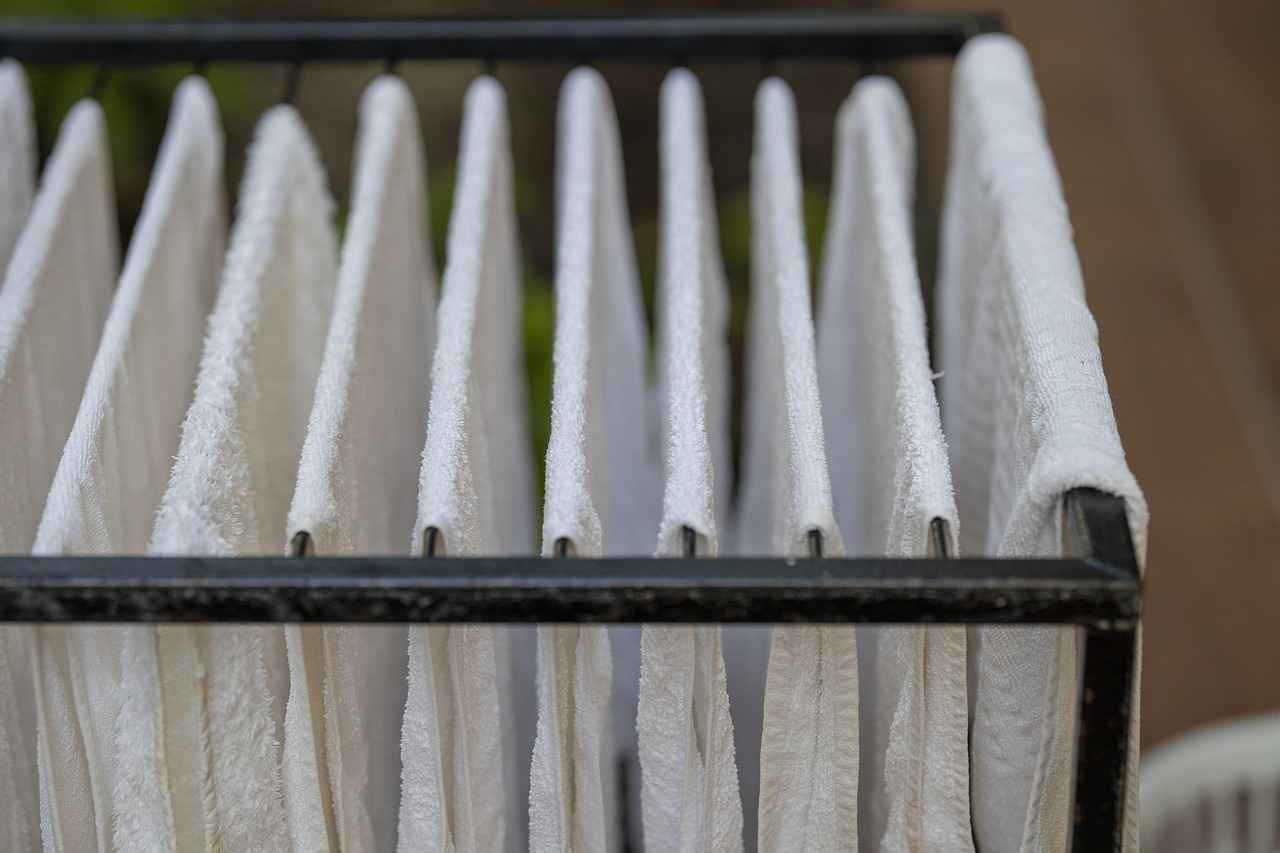
What Are the Best Practices for Storing Jewelry After Cleaning?
After cleaning your jewelry, proper storage is essential to ensure its longevity and maintain its brilliant shine. Neglecting this critical step can lead to tarnishing, scratching, or other forms of damage. Here are some best practices for storing your jewelry after cleaning that will help protect your precious items.
Jewelry can be susceptible to various environmental factors that can cause deterioration. Humidity, exposure to air, and even contact with other jewelry can lead to tarnishing or scratches. By understanding the importance of proper storage, you can significantly extend the life of your jewelry.
When storing jewelry, opt for soft-lined boxes or pouches. These materials help prevent scratches and provide a cushion for your pieces. Avoid using hard surfaces or containers that can cause friction.
- Prevent Tangling: Store necklaces and chains separately to avoid tangling.
- Avoid Scratches: Keep rings, bracelets, and earrings in separate compartments to prevent scratches.
Humidity and temperature fluctuations can negatively impact your jewelry. Store your items in a cool, dry place to minimize the risk of tarnishing. A jewelry box with a silica gel packet can help absorb excess moisture.
For silver jewelry, consider using anti-tarnish strips or cloths. These products can help absorb moisture and prevent tarnishing, ensuring your pieces remain shiny.
Store your jewelry away from harsh chemicals, including cleaning products and perfumes. These substances can cause damage or discoloration over time. Always ensure your jewelry is completely dry before placing it in storage.
Make it a habit to check your jewelry periodically. Look for any signs of tarnishing or damage, and clean or repair as necessary. This proactive approach can save you from costly repairs in the future.
If you have high-value pieces, consider storing them in their original packaging. Many luxury brands provide boxes that are designed to protect the jewelry during storage.
Maintain a detailed inventory of your jewelry collection, noting any special care instructions. This can be particularly helpful for valuable pieces that require specific storage conditions.
By following these best practices for storing jewelry after cleaning, you can maintain the beauty and integrity of your pieces for years to come. Remember, taking a few extra moments to store your jewelry properly can make a significant difference in its appearance and longevity.
Frequently Asked Questions
- Can I use vinegar to clean all types of jewelry?
No, not all jewelry can handle vinegar. While it works well on some metals, others like pearls or opals can be damaged. Always check the material before using vinegar for cleaning!
- How does vinegar actually clean jewelry?
Vinegar’s natural acidity helps dissolve dirt and grime, making your jewelry shine like new! It’s like giving your pieces a refreshing bath that lifts away all that gunk.
- Is it safe to use vinegar on my gold or silver jewelry?
While vinegar can clean gold and silver, it’s essential to be cautious. Prolonged exposure can lead to tarnishing or damage, so use it sparingly and rinse thoroughly afterward.
- What are the risks of cleaning jewelry with vinegar?
Using vinegar can risk damaging delicate stones and certain metals. It’s crucial to know your jewelry’s materials to avoid any unpleasant surprises!
- What are some alternatives to vinegar for cleaning jewelry?
If vinegar isn’t your thing, consider using mild soap and water or specialized jewelry cleaners. They can be just as effective without the risks that vinegar poses.
- How often should I clean my jewelry with vinegar?
It’s best to limit vinegar cleaning to once every few months. Over-cleaning can wear down your jewelry, so a little restraint goes a long way!
